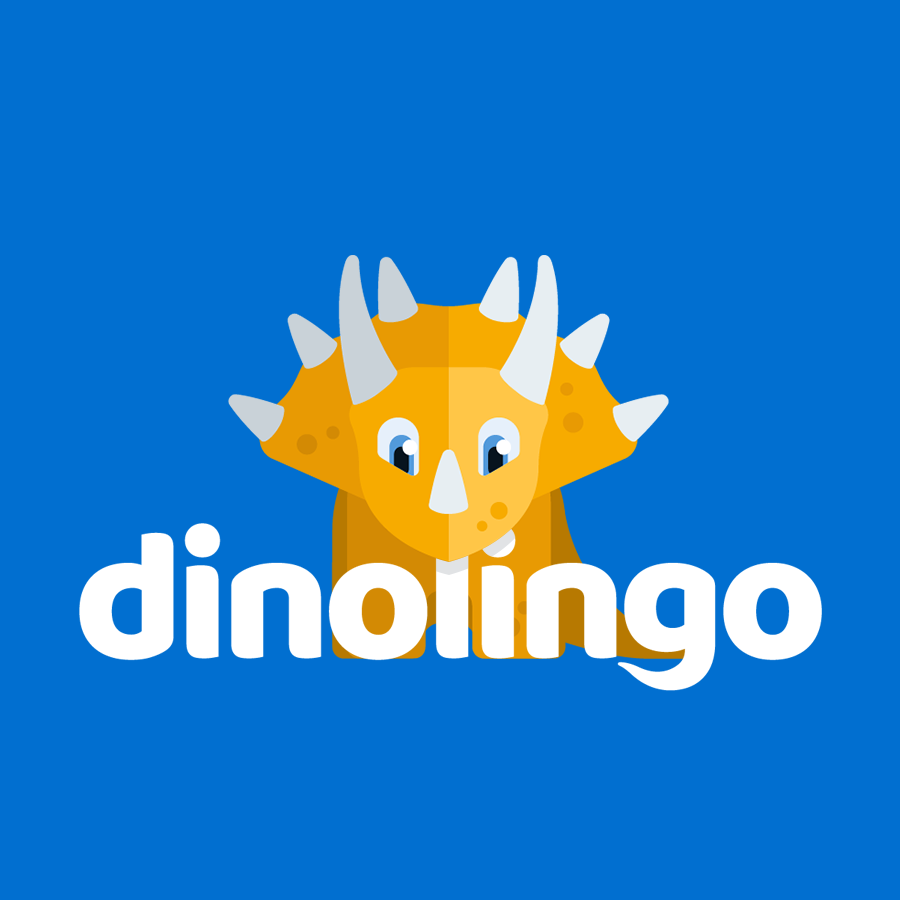Sing Along! Traditional Portuguese Children’s Songs Kids Love
Learning European Portuguese can be both enjoyable and educational when it involves music. Traditional children’s songs are an incredible way to introduce kids to new vocabulary, natural pronunciation, and playful rhythm patterns. Many of these songs are based on repetition and rhyming, making them easy to memorize and sing along to — even for beginners.
Below, you’ll find three of Portugal’s most beloved children’s songs, presented with their original lyrics, phonetic pronunciation (to assist with reading aloud), and English translations. These songs are not only fun to sing but also serve as great tools for language immersion.
1. A Saia da Carolina
| Portuguese Lyrics | Pronunciation (optional) | English Translation |
|---|---|---|
| A saia da Carolina | [ah sah-yah dah kah-roh-LEE-nah] | Carol’s skirt |
| Tem um lagarto pintado | [tem oong lah-GAR-too peen-TAH-doo] | Has a painted lizard |
| Sim Carolina ó-ió-ai | [seem kah-roh-LEE-nah oh-ee-oh-eye] | Yes Carol o-io-ai |
| Sim Carolina ó-ai meu bem! | [seem kah-roh-LEE-nah oh-eye meh-ooh beng] | Yes Carol o-my dear! |
| Tem cuidado ó Carolina | [tem kwee-DAH-doo oh kah-roh-LEE-nah] | Be careful Carol |
| Que o lagarto dá ao rabo | [kee oo lah-GAR-too dah ow HAH-boo] | That lizard wags its tail |
2. A Barata Diz Que Tem
| Portuguese Lyrics | Pronunciation (optional) | English Translation |
| A Barata diz que tem | [ah bah-RAH-tah deez keh tehm] | The Roach says she has |
| Um sapato de veludo! | [oong sah-PAH-too deh veh-LOO-doo] | A shoe made of velvet! |
| É mentira da Barata | [eh men-CHEE-rah dah bah-RAH-tah] | It’s a lie from the Roach |
| Ela tem o pé peludo | [EH-lah tehm oo peh peh-LOO-doo] | She just has a fuzzy foot |
| Ha-ha-ha! He-he-he! | Ha-ha-ha! He-he-he! |
3. Jardim da Celeste
| Portuguese Lyrics | Pronunciation (optional) | English Translation |
| Fui ao jardim da Celeste | [fooy ow zhar-DEENG dah seh-LESH-chee] | I went to Celeste’s garden |
| Giroflé, giroflá! | [zhee-roh-FLEH zhee-roh-FLAH] | Giroflé, giroflá! |
| E o que foste lá fazer? | [eh oo keh FOHS-teh lah fah-ZEHR] | And what did you do there? |
| Fui lá buscar uma rosa | [fooy lah boosh-KAR OO-mah ROH-zah] | I went there to get a rose |
| Para quem é essa rosa? | [PAH-rah kehng eh EH-sah ROH-zah] | And who is that rose for? |
| É para a menina (Ana) | [eh PAH-rah ah meh-NEE-nah (Ana)] | It’s for Little Miss (Ana) |
Note: “Jardim da Celeste” is often sung in a circle with children taking turns being named in the song. It’s a wonderful blend of music and playful interaction.
Why Use Songs to Teach Portuguese?
Children’s songs combine melody, repetition, and movement. These elements help children internalize sounds and sentence structures in a natural and engaging way. Songs also spark joy, encourage participation, and provide cultural context — all of which are essential for meaningful language learning.
If you’re looking for more structured and interactive resources, Dinolingo offers a comprehensive European Portuguese program for kids aged 2 to 14. With animated lessons, sing-along songs, flashcards, workbooks, and offline materials, Dinolingo makes language learning fun and effective. It’s available on the web, iOS, and Android, and includes a parent dashboard to track your child’s progress.
Try it today and bring more music, rhythm, and joy into your child’s language journey!
